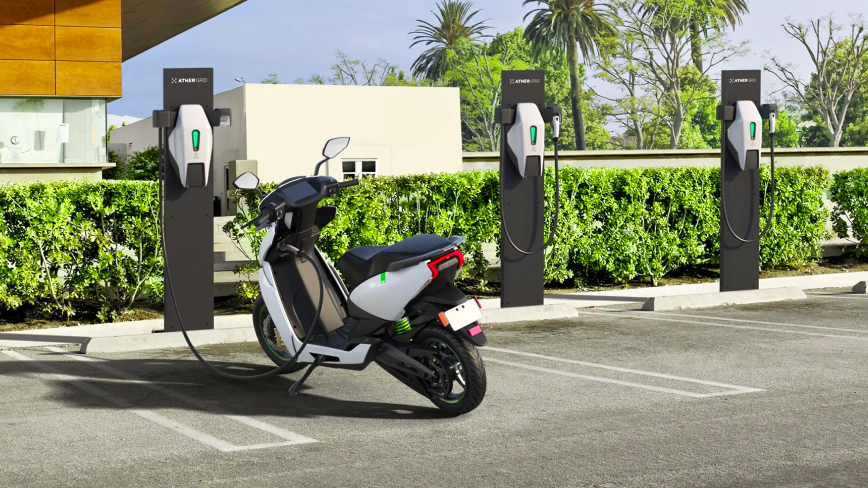Electric 2-wheelers to have 100% penetration in India by 2027
But what does that mean?

Indian government policy think tank NITI Aayog and Technology Information, Forecasting and Assessment Council (TIFAC) in a report have forecast 100% penetration of electric two-wheelers in the Indian market by FY2026-27.
The report titled, ‘Forecasting Penetration of Electric Two-Wheelers in India’, thought up eight scenarios for analyzing the future penetration of electric two-wheelers in the country.
In an optimistic scenario, the report forecasts 100% penetration of electric two-wheelers in the Indian market by FY 2026–27. In another scenario, which is technology driven and where current incentives are withdrawn by 2024, the report predicts 72% penetration by 2031. The current EV penetration in India is extremely low at 0.8%, with two-wheelers contributing a mere 17% to the total sales.
TIFAC is an autonomous organization set up in 1988 under the Department of Science & Technology to look ahead in the technology domain, assess the technology trajectories, and support innovation.
More regulatory norms for EVs
NITI Aayog CEO Amitabh Kant said, "This report provides a much-needed tool to the industry, researchers, academicians, and policymakers to analyse and respond to various scenarios. It can be replicated easily in other segments too, such as four-wheelers, without any hassle."
The eight scenarios the think tank considered were highly academic: Challenged Diffusion, Performance Driven, Low Battery Cost, Technology Driven, Incentive Driven, Battery Cost Challenged, Same Performance and Optimistic.
The future scenarios have been constructed on the basis of three major factors that influence the market penetration of electric two-wheelers: demand incentives, cost of battery and vehicle performance in terms of both range and power.
Sign up for breaking news, reviews, opinion, top tech deals, and more.
The report also called for instituting regulatory norms to govern the EV space in future. The report said that the projected sales of two-wheelers in the country could surge to 2.2 crore units annually by FY31 in the optimistic scenario. For such a scenario, battery costs should continue to fall at a compounded annual growth rate (CAGR) of 8%, vehicle performance should increase by 20% till FY24 and demand incentives should continue till FY31.
The report also said that the recent petrol-hike and ‘positive mindset’ about EVs could play a pivotal role in the switch to EVs.
Higher battery costs and higher dependency on exports for EV components and subsystems may affect domestic manufacturing capabilities and other policy related measures, the report said. It called on the stakeholders to increase the penetration of charging points across the country, and said that safety of EVs will be an important issue for widespread adoption of EVs.
The report did not spell out what does penetration of EVs actually mean. It can be presumed to be the widespread availability and usage.

Over three decades as a journalist covering current affairs, politics, sports and now technology. Former Editor of News Today, writer of humour columns across publications and a hardcore cricket and cinema enthusiast. He writes about technology trends and suggest movies and shows to watch on OTT platforms.